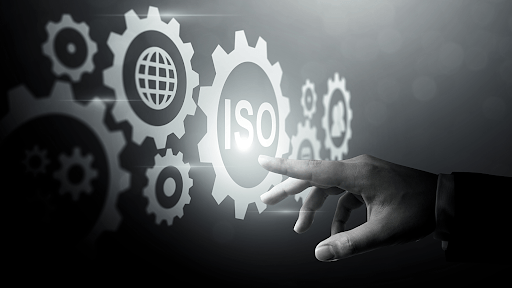
Blog Detail
Indonesian Healthcare Expenditure Potential Overview 2023
In 2023, the Ministry of Health will focus on improving the quality of health services. It portrays in the current State Budget and Expenditures or Anggaran Pendapatan dan Belanja Negara (APBN) (Ministry of Health, December 2022). The six priorities of health development this year include:
The revitalization of Public Health Facilities focuses on Promotive & Preventive Programs through (Pusat Kesehatan Masyarakat (Puskesmas)).
Collaborate with the Regional Government and other State Institutions on health restructuration.
Build a health resilience system through Health Industry Empowerment.
Develop human resources to produce more competent Health Professionals.
Improve a more structured, effective, and sustainable health financing system.
The next focus will be health programs based on biotechnology, information technology, and AI.
Previously, Indonesia's Total Health Expenditures in 2019 reached Rp.490 trillion –called the National Health Account (NHA). NHA is a systematic monitoring approach for health expenditures comprised of the health funds' flow, distribution, and use. However, government agencies through the Ministry of Health have yet to issue official NHA 2022 data. Though with constant growth, the total health expenditure in the Republic of Indonesia is estimated at Rp.607 trillion. The NHA provides information about Total Health Spending including Public Health Spending and Non-Public Health Spending.
Public Health Expenditures are:
Ministry of Health (4.3%)
Other K/L/I (1.9%)
Provincial Government (4.6%)
Regency/city government (18.2%)
Health Insurance (23.1%).
Non-Public Health Expenditures are:
Private Health Insurance (3.5%)
Non-Profit Institutions Serving Households (1.2%)
Corporations (11.1%)
Household (out of pocket) (32.1%).
Since 2018, the trend of the State Budget for Health showed the highest peak in 2021. It was due to one of the COVID-19 variants, Omicron, which has an extraordinarily massive impact.
2018: Rp. 109.2 trillion
2019: Rp. 113.6 trillion
2020: Rp. 172.3 trillion
2021: Rp. 312.4 trillion
2022: Rp. 212.8 trillion
2023: Rp. 169.8 trillion (RAPBN) (estimated)
Furtherly analyzed, the National Socio-Economic Survey or SuseNas (March 2022) illustrates the average health expenditure of Indonesians was Rp. 1,327,782 per capita per month, growing 5% compared to March 2021, covering all health service costs incurred by households for treatment (curative), preventive, and medicines with the following percentages:
58.30% of the total health expenditure for medical/curative service costs (equivalent to 167.71 trillion)
29.13% of health spending for preventive/preventive service costs (equivalent to Rp.335.65 trillion)
12.57% used for medical expenses (equivalent to Rp.72.37 trillion)
To optimize this market potential, pharmaceutical, medical devices, and healthcare facilities industries should collaborate, grow, and develop with PT INSPIRY INDONESIA KONSULTAN. We are experienced and have more than 150 local and global (foreign) clients that are content with our services.The scope of our mentoring services includes:
Click here: http://bit.ly/Inspiry
Click here: https://linktr.ee/inspiry_services
Just visit and contact us through:
Website: www.inspiryconsultant.com
Instagram: @inspiry.indonesia
Mobile phone: +62 877 6777 1778
Salam Inspirasi,
Team Inspiry.
